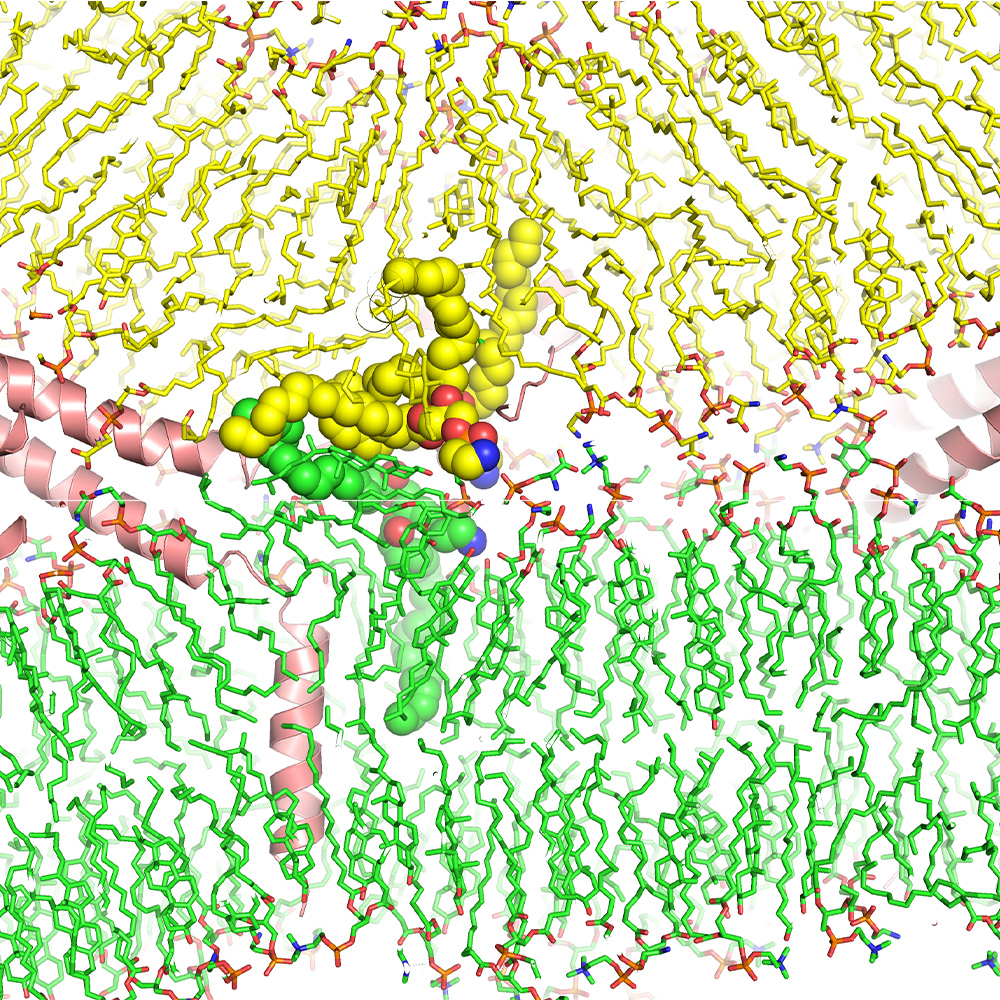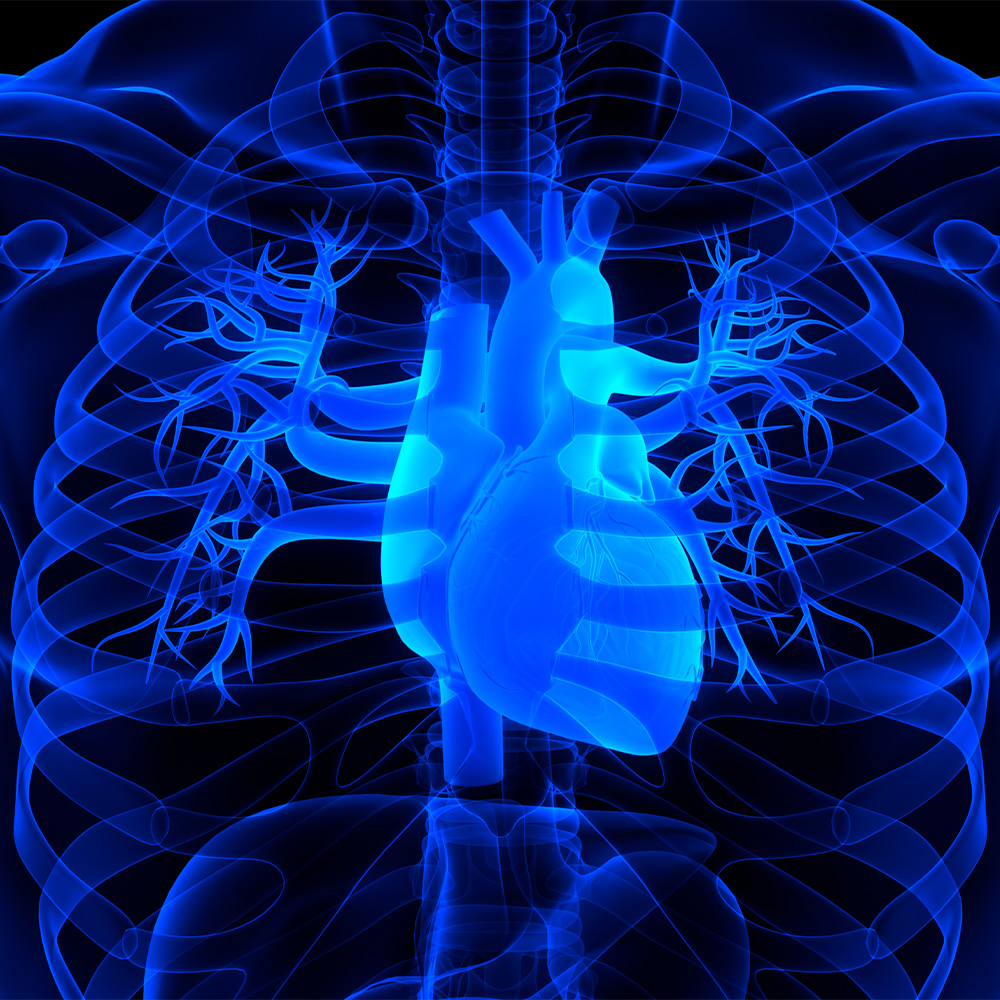Deadly flatworm’s skin rejuvenation may explain long-term survival in humans, UT Southwestern scientists find
DALLAS – April 2016 – A parasitic flatworm that infects hundreds of millions of people in the developing world is able to survive in the bloodstream for decades by constantly renewing its skin – a mechanism that could inform potential new treatments against infection, a study involving UT Southwestern Medical Center scientists has found.
Much like its free-living relatives, the flatworm Schistosoma mansoni has a population of stem cells known as neoblasts that are capable of self-renewal, but the function of these cells was previously unknown. Researchers have found that the neoblasts are destined to become cells that generate and regenerate the worm’s outer layer of skin, a unique tissue called the tegument, according to the study, appearing in the journal eLife.
“The tegument serves as a barrier between S. mansoni and the bloodstream of its host, which would otherwise be an inhospitable environment for the parasite,” said first author Dr. James Collins, Assistant Professor of Pharmacology at UT Southwestern Medical Center.
“This tissue has long been considered an evolutionary innovation for parasitic flatworms to evade their host’s immune defenses. Our findings suggest that stem cells are playing a key role in perpetually renewing the tegument, and we believe this activity is important for the parasite’s ability to survive for decades inside their human host,” said Dr. Collins, Rita C. and William P. Clements, Jr. Scholar in Biomedical Research.
Schistosomes cause the disease schistosomiasis, the symptoms of which result from the worms’ eggs becoming lodged in host tissues, such as the liver and bladder, evoking an immune system response, the researchers said. People become infected with the parasites when they are exposed to larvae carried by snails in the water where they bathe, swim, fish, wash clothes, or give to their livestock.
Schistosomiasis is among the world’s deadliest neglected tropical diseases, killing an estimated 280,000 people annually, around 90 percent of them in Africa. One of the first signs of infection is an itchy rash where larvae penetrate the skin, followed by blood in the urine or feces. Those with infection may develop painful, severe and sometimes disfiguring disabilities due to complications, including damage to the kidneys or liver and bladder cancer, and larvae can migrate to the heart and enter the lungs. Children can develop anaemia, malnutrition and learning disabilities.
To discover the skin-reviving function of schistosome neoblasts, the researchers compared the short- and long-term consequences of reducing the number of neoblasts in the parasites. The researchers say it will next be essential to determine whether disrupting the stem cells of schistosomes, and their ability to generate new tegumental cells, will affect the parasites’ lifespan inside their human host. This research could provide insights for potential new ways to break down the barrier with the immune system, allowing it to kill the worms, they said.




